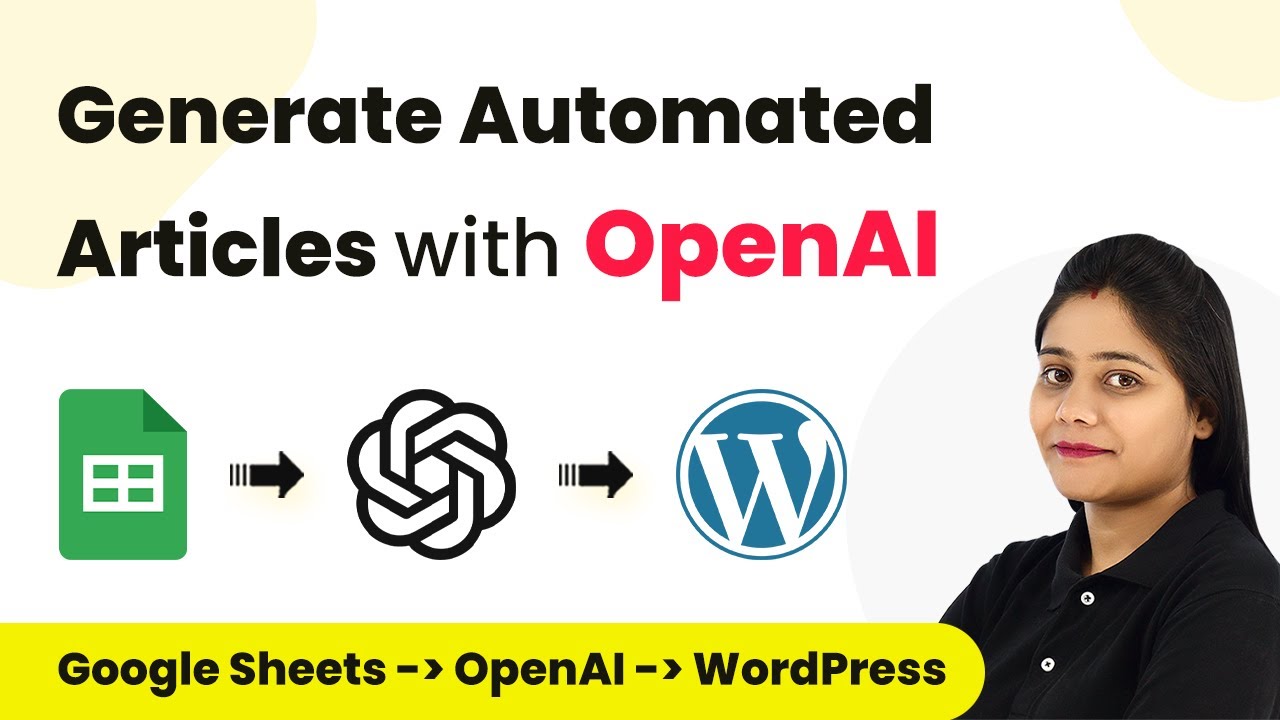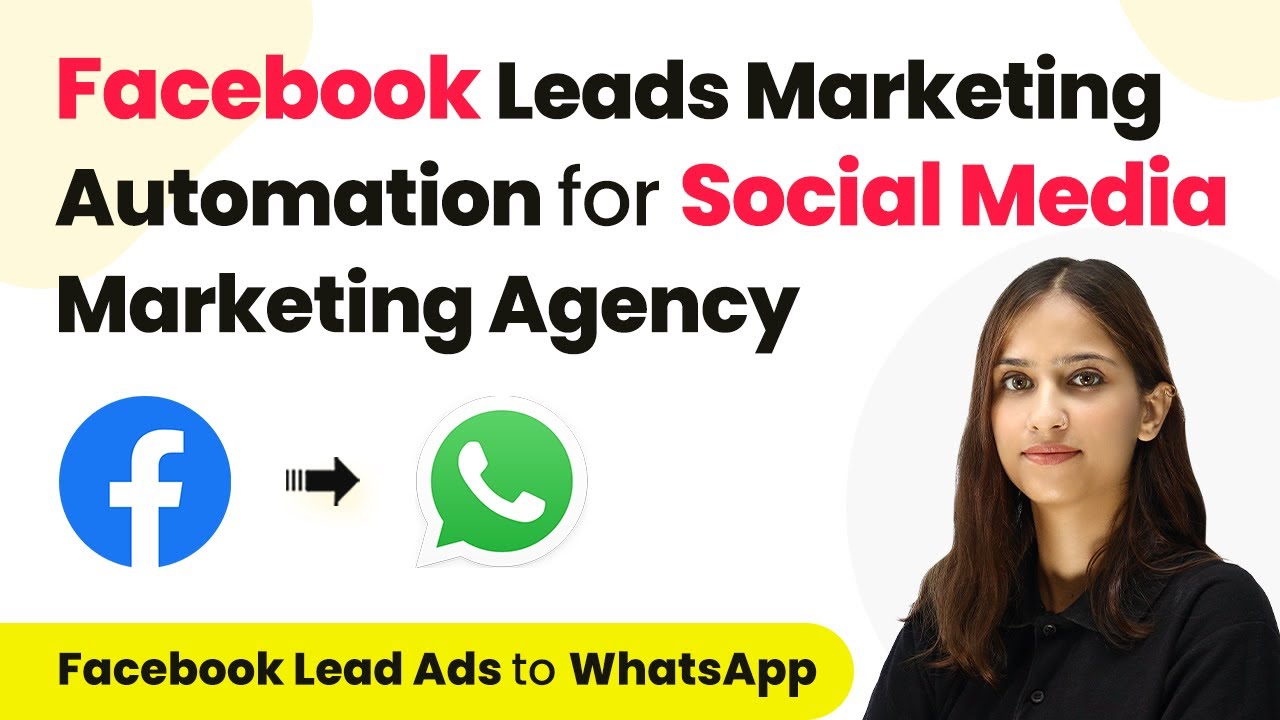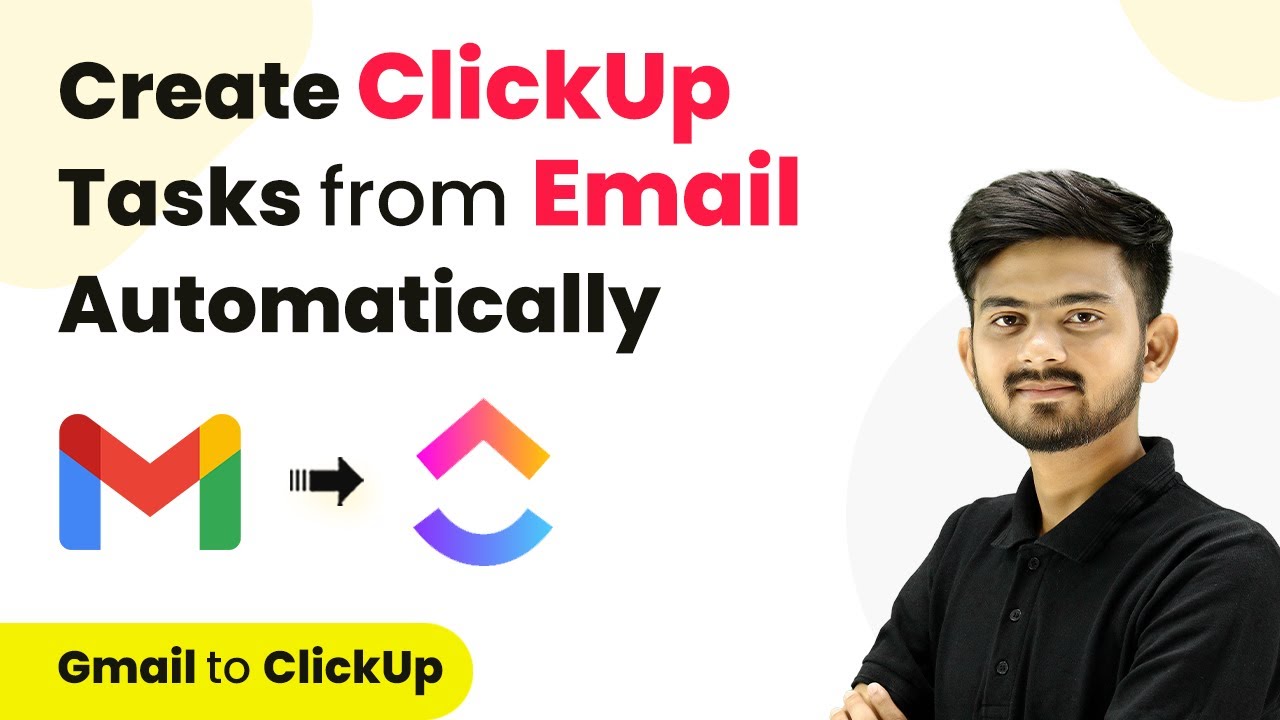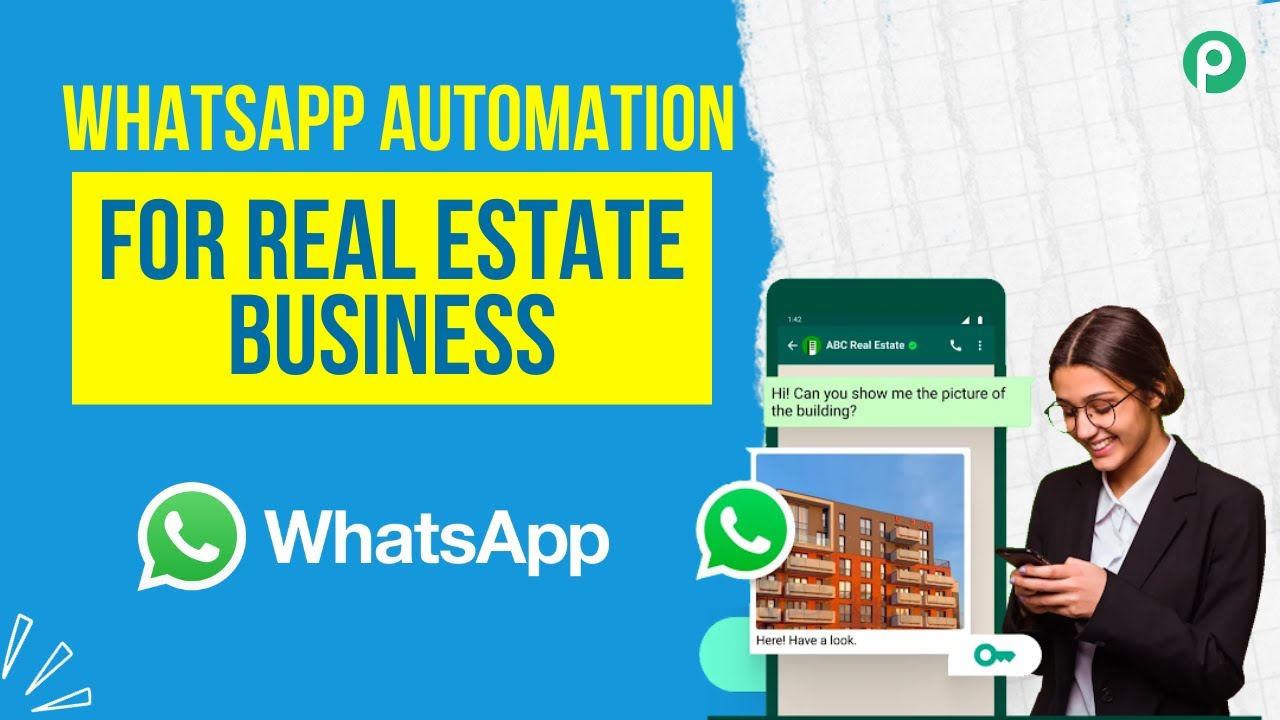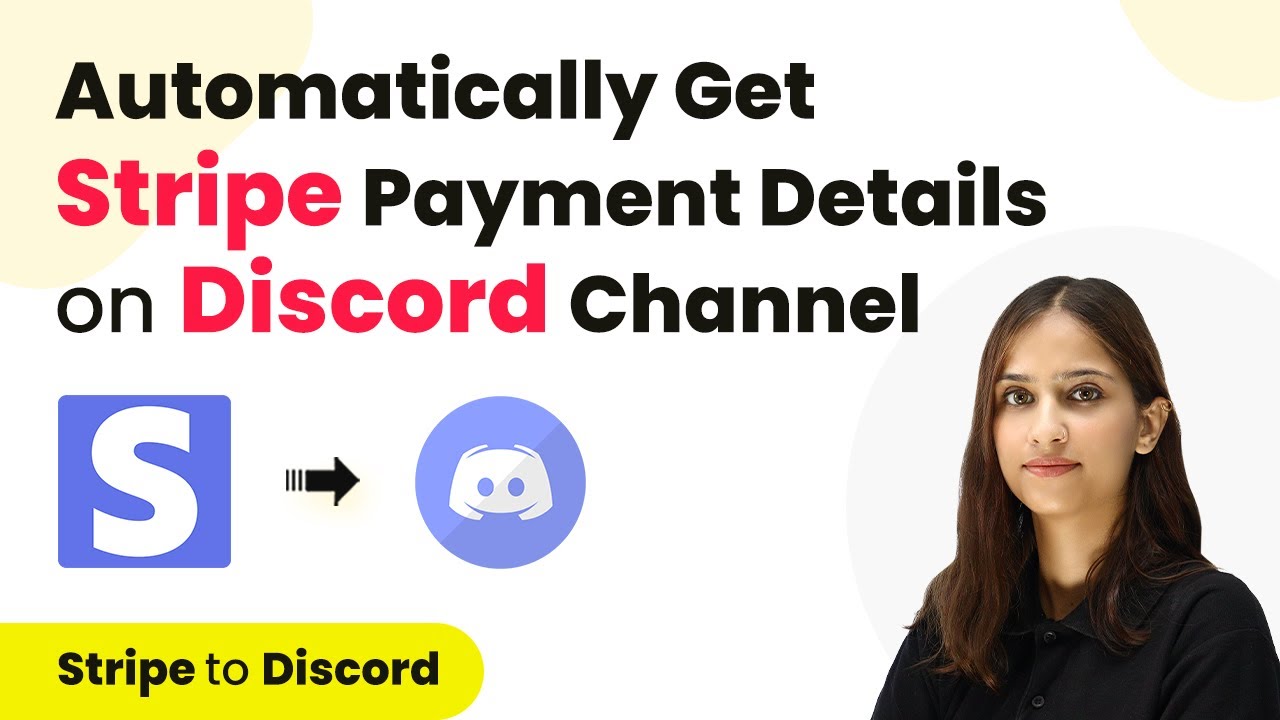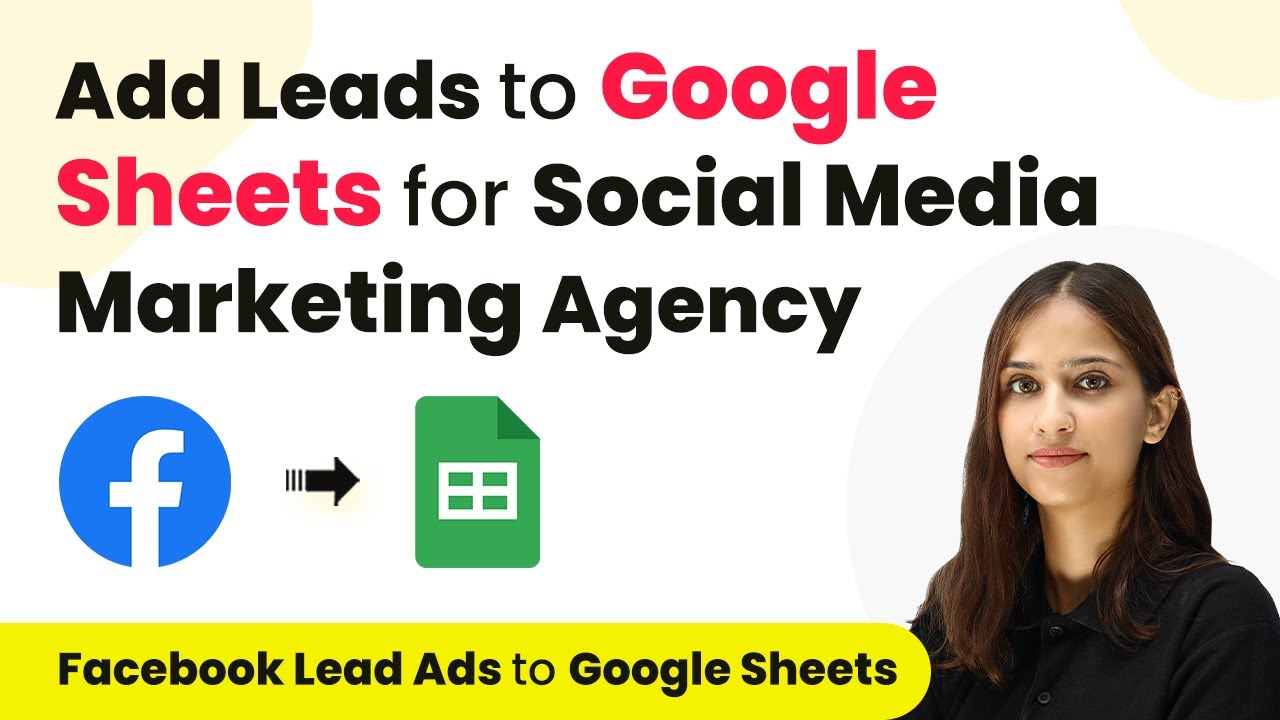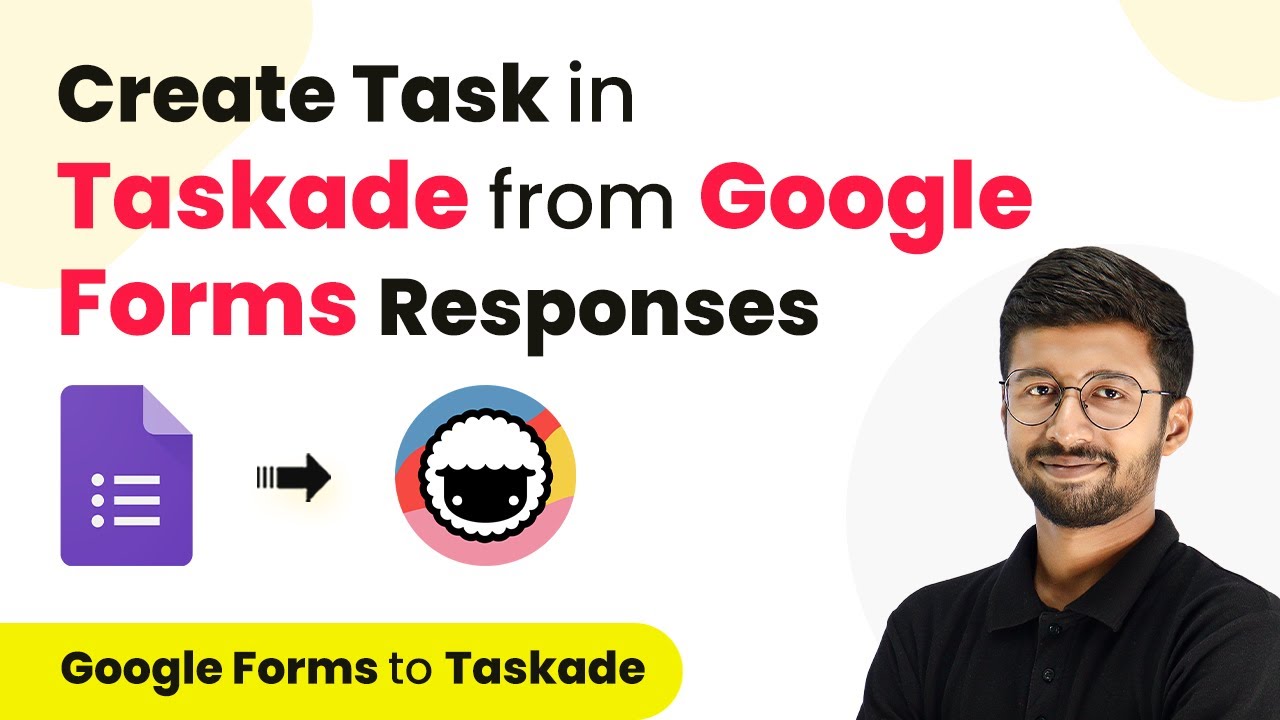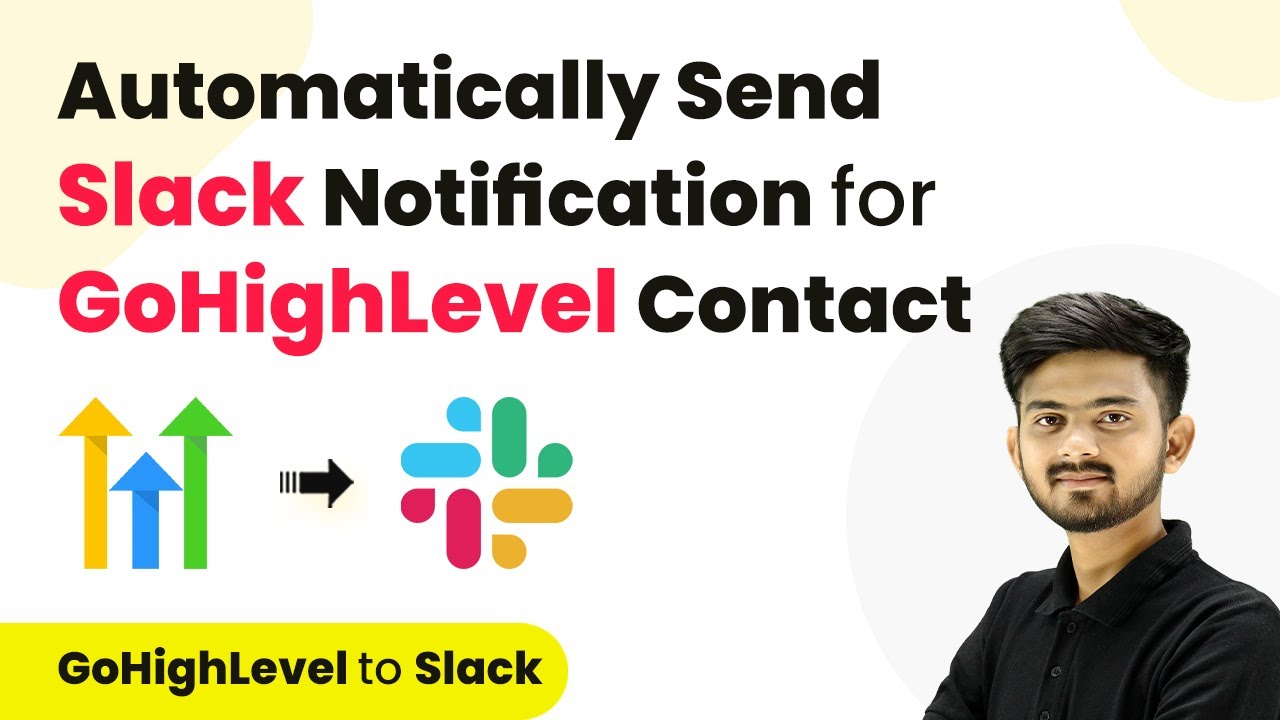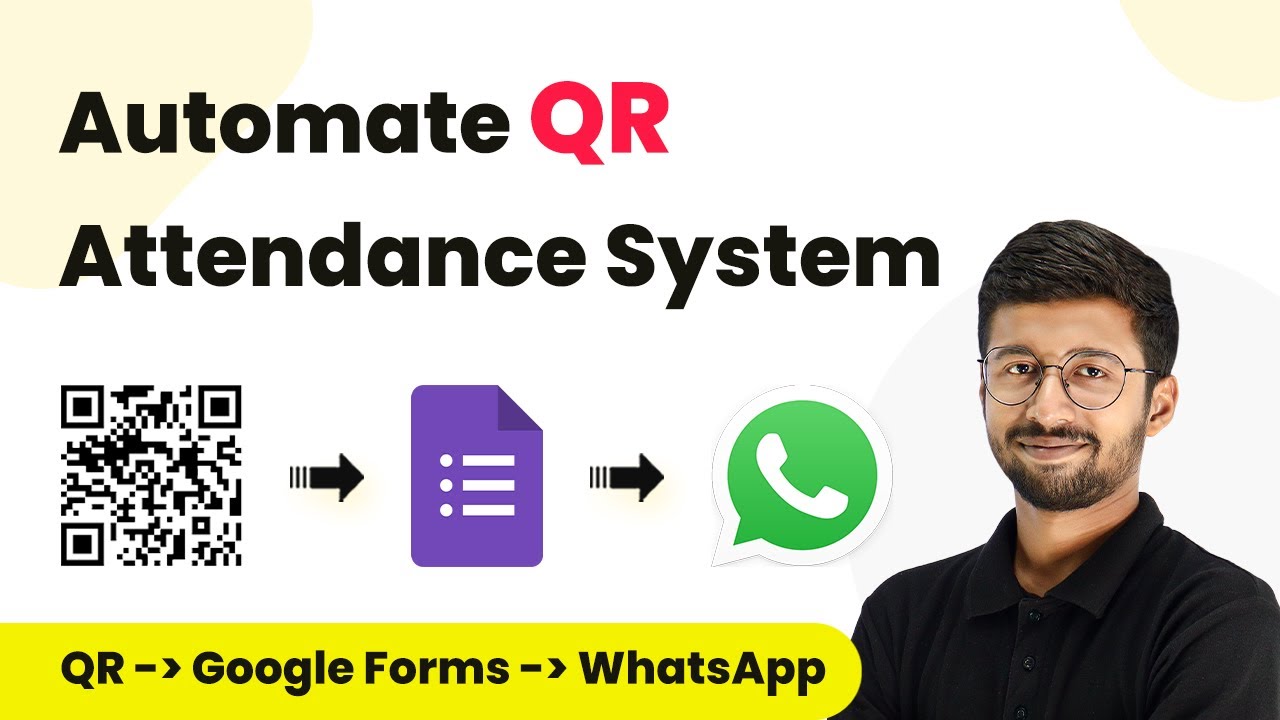Learn how to automate WhatsApp messages to your dog training center leads using Pabbly Connect and Facebook lead ads in this detailed tutorial. Discover how to seamlessly connect your essential tools through accessible instructions that make powerful automation available to professionals at every skill level.
Watch Step By Step Video Tutorial Below
1. Accessing Pabbly Connect for Integration
To send automated WhatsApp messages to your dog training center leads, you first need to access Pabbly Connect. Start by visiting the Pabbly website, where you can sign up for a free account if you’re new or log in if you already have an account.
Once logged in, navigate to the dashboard of Pabbly Connect. Here, you can create a new workflow that will facilitate the integration between Facebook lead ads and WhatsApp messaging. This setup will allow you to automate responses to new leads effectively.
2. Creating a New Workflow in Pabbly Connect
In the Pabbly Connect dashboard, click on the ‘Create Workflow’ button. You will be prompted to name your workflow; for this purpose, you can name it something like ‘Automated WhatsApp Messages for Dog Training Leads’. This helps in identifying the workflow later.
- Select the folder where you want to save this workflow.
- Click on the ‘Create’ button to proceed.
After creating the workflow, you will see two main sections: Trigger and Action. The Trigger application will be Facebook Lead Ads, and the Action application will be WhatsApp via Wati. This setup ensures that when a new lead is generated, an automated message will be sent to them.
3. Setting Up the Trigger in Pabbly Connect
The next step is to set up the Trigger in Pabbly Connect. Click on the Trigger section and select Facebook Lead Ads as your application. Choose the trigger event as ‘New Lead Instant’. This event will initiate the workflow whenever a new lead is captured.
To connect Facebook Lead Ads with Pabbly Connect, click on the ‘Connect’ button and follow the prompts to authenticate your Facebook account. Once connected, you will need to select the Facebook Page associated with your dog training center and the specific lead generation form you are using.
4. Mapping Lead Details in Pabbly Connect
After setting up the trigger, it’s time to map the details of the lead that you will be sending a WhatsApp message to. In the Pabbly Connect interface, you will see fields for the lead’s full name, email, and phone number. Ensure that you have filled out a sample submission in your lead form to test the integration.
- Make a sample submission using the lead generation form on Facebook.
- Return to Pabbly Connect and click on ‘Save and Send Test Request’ to retrieve the lead details.
Once you have the lead details, you can map the phone number and full name to the WhatsApp message template you will be using. This ensures that each new lead receives a personalized message upon submission.
5. Sending WhatsApp Message Using Pabbly Connect
For the final step in your workflow, set up the Action section in Pabbly Connect. Select Wati as your action application and choose the action event as ‘Send Template Message’. This will allow you to send a predefined message to the lead via WhatsApp.
To connect Wati with Pabbly Connect, you will need to provide the API endpoint and access token from your Wati account. After entering these details, you can select the template message you created for your leads. Make sure to map the name and phone number of the lead correctly to personalize the message.
After filling in all the required fields, click on ‘Save and Send Test Request’. If everything is set up correctly, you will receive a confirmation that the message has been sent successfully to the lead via WhatsApp.
Conclusion
This tutorial demonstrated how to automate WhatsApp messages for your dog training center leads using Pabbly Connect. By setting up a workflow that integrates Facebook lead ads with WhatsApp, you can efficiently respond to new leads and enhance your engagement. Start using Pabbly Connect today to streamline your communications and improve your business processes.
Ensure you check out Pabbly Connect to create business automation workflows and reduce manual tasks. Pabbly Connect currently offer integration with 2,000+ applications.
- Check out Pabbly Connect – Automate your business workflows effortlessly!
- Sign Up Free – Start your journey with ease!
- 10,000+ Video Tutorials – Learn step by step!
- Join Pabbly Facebook Group – Connect with 21,000+ like minded people!

